Samsung Galaxy Note 4 scores a flawless victory against the Xperia Z3 in our blind camera comparison

Looking back at our previous camera comparisons, we can safely say that the Samsung Galaxy Note 4 has one of the best cameras ever put on a smartphone. The phablet's reputation as a top shooter is further solidified now that it scored a victory against the Sony Xperia Z3 in our recent blind camera comparison – all six scenes that we asked our users to vote on were dominated by the Note 4. More specifically, the latter collected a total of 30839 votes while the Xperia Z3 attracted only 4472 votes in its favor.
To be fair, the 20.7MP camera on the Sony Xperia Z3 isn't terrible by any means. It's a decent snapper, and as you're about to see, it might even outperform the Note 4 under certain conditions. But as a whole, the Samsung Galaxy Note 4's 16MP camera is the one producing more impressive results. Yes, even when the Xperia Z3 is used in Manual instead of Intelligent Auto mode. To see what's holding Sony's flagship back in the race against the Note 4, let us take another look at the samples from our comparison, along with a few additional shots.
Warning: the slideshows below contain full-resolution samples, some of which exceed 10MB in size. Loading might take a while.
Scene 1
Before we begin to comment on image quality, we have to point out that we're now including two images from the Xperia Z3 – one taken in Auto and another taken in Manual mode. We chose to do so because comments suggest that Sony's flagship produces better images when the latter mode is enabled. That's true to some extent – Manual mode lets the Z3 shoot in up to 20MP of resolution (vs 8MP for Intelligent Auto mode) and has a better vertical field of view as it uses the sensor's full area. However, that's not enough for the Xperia Z3 to outrun the Samsung Galaxy Note 4. The image from Samsung's phablet looks more natural and eye-pleasing as a whole, while the one from the Z3 has a cold look to it. On top of that, upon zooming in on the images it becomes clear that the Galaxy Note 4 produces better-looking details.

Side-by-side view
Scene 2
The same flaws are present in this scene as well. While the Note 4 is close to striking a correct white balance, which produces an image looking neither too "warm" nor too "cold", the Sony Xperia Z3 has added a cold tone to the entire scene. Obviously, switching between modes has not resulted in any difference, although results would have been different had we adjusted the white balance manually – something that a typical user wouldn't normally do. Details look sharper and clearer in the Note 4's photo.

Side-by-side view
Scene 3
Strike three for the Samsung Galaxy Note 4. Its image is natural in color tone and with a great amount of detail. The warm glow of the setting sun has been preserved pretty well. The Z3, on the other hand, has once again produced a "colder" image.

Side-by-side view
Scene 4
This set of photos were not included in the blind comparison as the Xperia Z3 couldn't even focus on the scene properly, although it did get the focus right in Manual mode. That's one of the thing about the Z3 that bothers us. Every once in a while, it fails to set the focus correctly, even when we instruct it with a tap.

Side-by-side view
Scene 5
Notice a trend here? We're not sure why, but the Xperia Z3 tends to produce blue-ish images in daytime, and that's evident in our improvised nature morte shot as well. That aside, it looks like the Xperia Z3 performs well in close-ups when it comes to details. Despite the significant difference in image resolution – 16MP for the Note 4 vs 8MP for the Z3 – the latter's image looks almost as sharp and detailed as the image from the Note 4.

Side-by-side view
Scene 6
This image was taken at night, with the aid of several halogen light bulbs illuminating my living room. This time around, it was the Samsung Galaxy Note 4 that went for a colder (read: inaccurate) color tone, while the Xperia Z3 preserved the color balance more accurately. Details are a bit fuzzy in both images, but equally presentable, in our opinion. Once again, it looks like the megapixel advantage of the Galaxy Note 4 hasn't made much of a difference.

Side-by-side view
Scene 7
Now here's a pleasant surprise. Overall, this improvised real-world shot was captured better on the Xperia Z3 – it fired its flash, but also allowed more of the ambient light to enter the frame, thus producing a more pleasant image. The photo from the Samsung Galaxy Note 4 may be sharper and more detailed, but the phone's flash has overpowered the ambient lighting.

Side-by-side view
Scene 8
For this particular scene, the Sony Xperia Z3 reminded us once again that its focusing isn't perfect. We had to retake the image several times until we finally got the focus right. The Note 4 didn't experience any focusing issues whatsoever. As for the quality of the two images, the Note 4 has gone for a shorter exposure, while the Xperia Z3 has allowed more light to enter the frame. Both images look presentable, although when it comes to details, the Note 4 is the clear winner in this scene.

Side-by-side view
Scene 9
Here's another photo of a tricky indoor scene, where light wasn't exactly plentiful. Overall, both cameras did a pretty good job, although the Note 4 has the upper hand when it comes to details – from up close, details in the Z3's photo are much fuzzier. On the other hand, the Xperia Z3's wider field of view is evident in this shot. Thanks to that, the smartphone can capture wider images than the Note 4 from the same distance, which is an advantage in some situations.

Side-by-side view
Scene 10
And lastly, a night scene. This is where the Galaxy Note 4's optical image stabilization comes in handy as it allows the phone to slow down the shutter speed instead of increasing the ISO to let more light hit the sensor. The Xperia Z3 is quicker than the Note 4 at taking shots of scenes like this, but at ISO of 1600, as the case is with the image in Auto mode, details don't look pretty.

Side-by-side view
Conclusion
Sony is known for making some of the best image sensors that go into today's smartphones. As a matter of fact, the Galaxy Note 4 unit used for this comparison packs a camera powered by a Sony sensor. Yet ironically, Sony's own flagship smartphone lags behind many of its competitors, the Note 4 included, in terms of image quality. This is especially evident in daytime images, where light is plentiful. Is it because of the software or DSP in charge of the Xperia Z3's camera? Or because of the optics used? Or because the phone's lack of optical image stabilization? Well, we're not entirely sure, but it is probably a blend of all these factors behind the inferior performance of the Z3's camera.
Nevertheless, the camera on the Sony Xperia Z3 should not be underestimated. On several occasions, it managed to produce eye-pleasing indoor images, and its wider field of view is definitely an advantage when shooting in tight spaces. Besides, the 4:3 aspect ratio of the Z3 gives it a wider vertical field of view versus the Note 4's 16:9 camera. On the other hand, we experienced focusing issues on multiple occasions, and focusing is something a flagship smartphone's camera should not have problems with.
Regarding the comments claiming that Xperia Z3's Manual mode produces better results, these are true to a certain extent. The phone's Auto mode downscales images to 8MP of resolution, while Manual mode lets you shoot up to 20MP stills, which could theoretically produce better details, all while giving you more freedom to zoom in or crop your images. In actuality, images shot in Manual mode are only slightly different in terms of overall quality and have the same color inaccuracies as those images shot using the camera's default Auto mode.
This concludes our camera comparison between the Samsung Galaxy Note 4 and the Sony Xperia Z3. Keep an eye out for our next camera comparison as it is coming sooner than you think.
Follow us on Google News

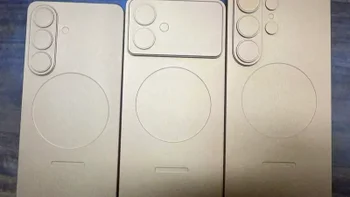



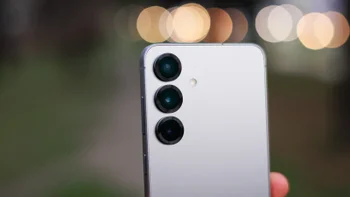
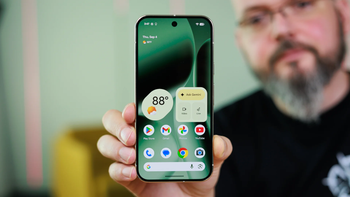
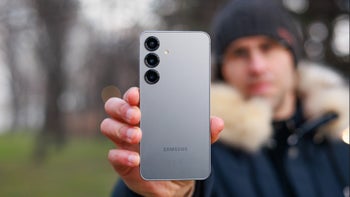
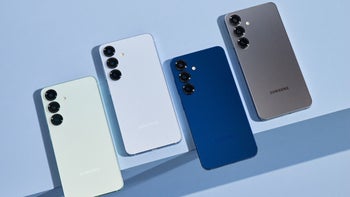
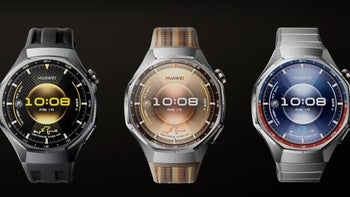
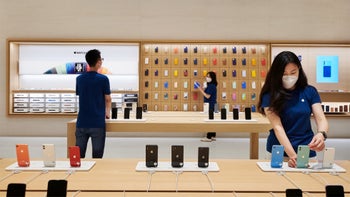
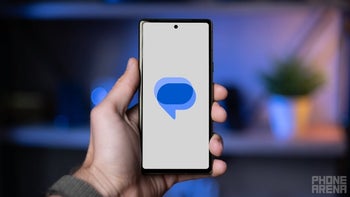
Things that are NOT allowed:
To help keep our community safe and free from spam, we apply temporary limits to newly created accounts: